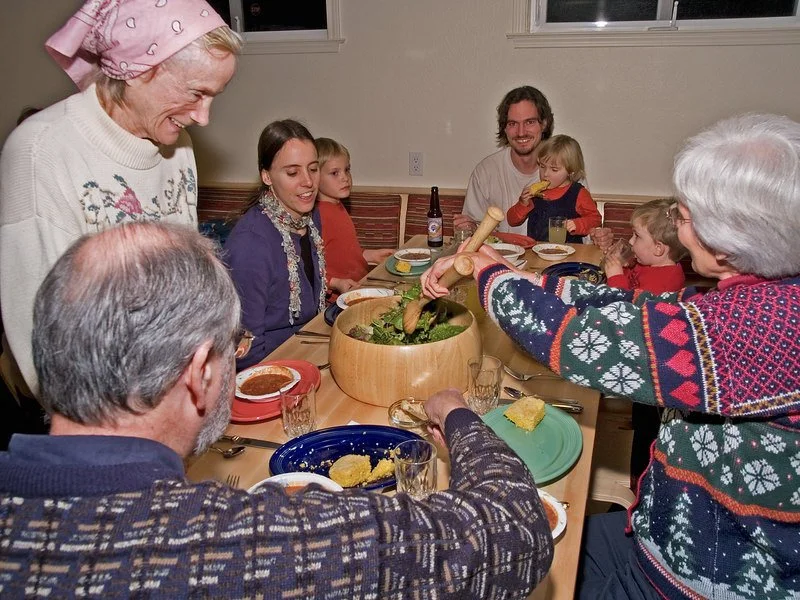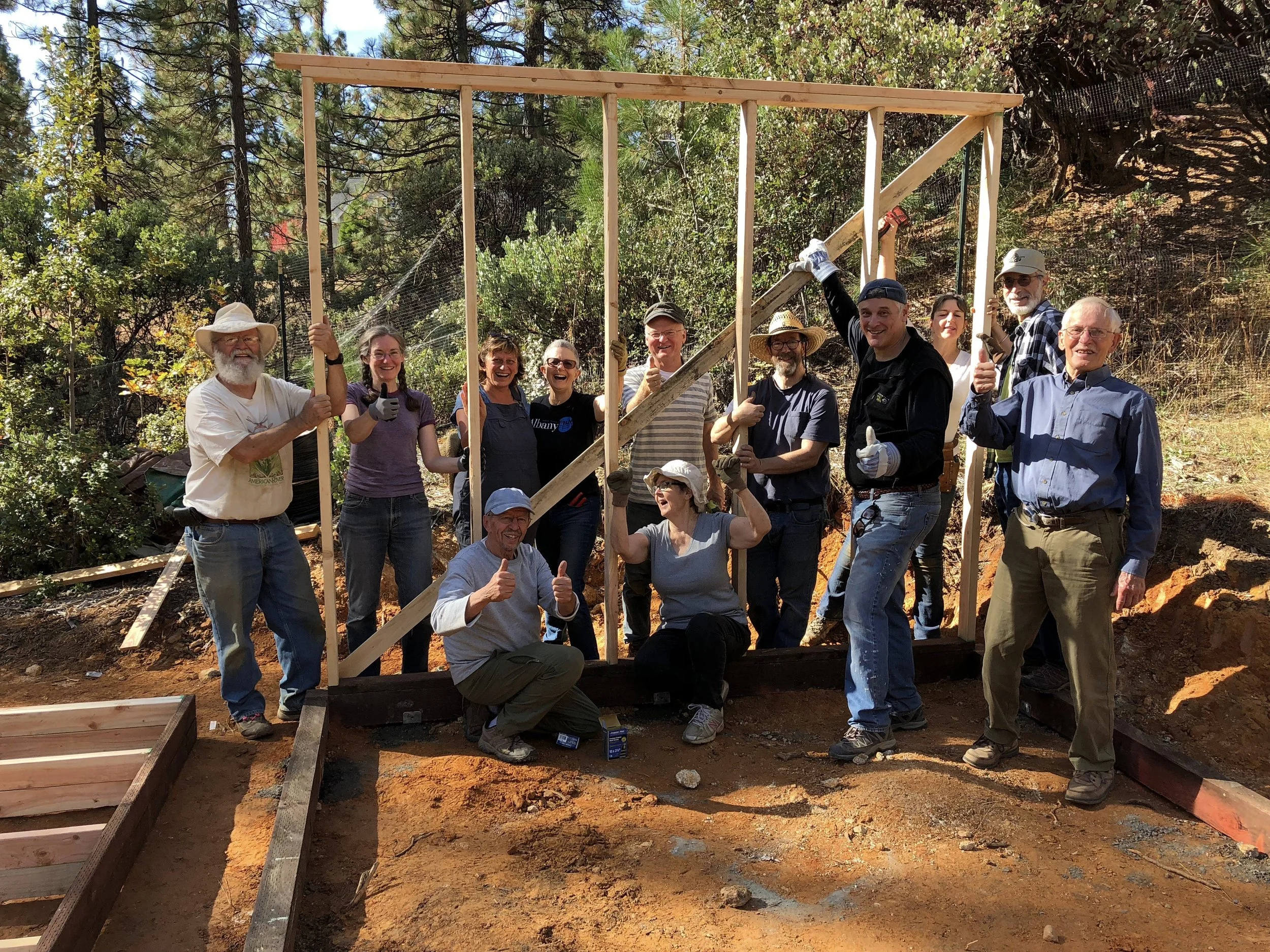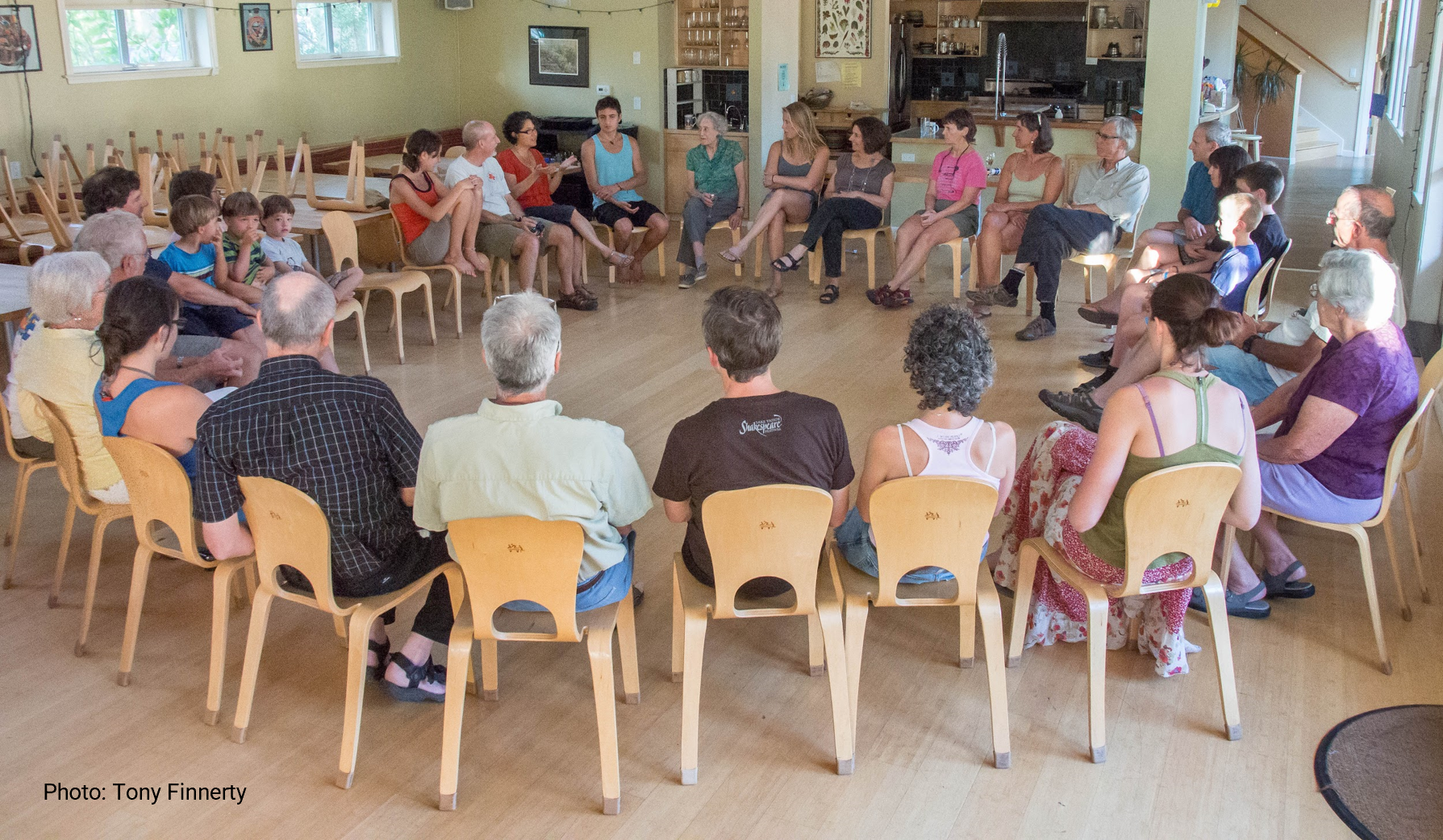Frequently Asked Questions
-

Why does our forming cohousing group need professional marketing and membership support?
Turning interest into committed equity membership is a marathon, not a sprint. Having a professional partner with nearly 20 years of experience in sales, marketing, and community-building ensures your group has the tools and strategies to succeed. Coho Collab brings proven expertise in creating strategic marketing plans, streamlining processes, and guiding groups to effectively attract and grow their membership while maintaining focus on their vision and values.
-

Are there varying levels of support available to our group?
Yes! At Coho Collab, we understand the importance of leveraging the unique skills and talents within your group to support marketing and membership efforts. We offer flexible levels of support to complement your group’s abilities while providing professional expertise where it’s needed most. Whether you need guidance on specific tasks, training for group members, or comprehensive marketing support, we work with you to create a tailored approach that empowers your community’s success.
-

What is cohousing?
Cohousing is a collaborative housing model where residents actively participate in the design, development, and management of their community. Individuals or families have private homes but share common spaces, resources, and responsibilities.
Cohousing emphasizes community engagement, fostering a sense of belonging, mutual support, and shared activities. Residents collaborate on decisions, creating a close-knit, sustainable, and intentional living environment that promotes social interaction while respecting individual privacy.
-

What unique value does Coho Collab bring to our cohousing journey?
At Coho Collab, we combine nearly two decades of expertise in sales, marketing, and community-building with a passion for fostering authentic connections. Our extensive background in senior living and intensive training through Kathryn McCamant’s 500 Communities Program, give us a unique understanding of the balance between independence and connection that cohousing communities strive for. We’ll help your group delegate responsibilities, execute critical marketing tasks, and train members to ensure your community’s development is sustainable and intentional.
-

What is the common house?
The common house in cohousing serves as the vibrant heart of the community, offering a range of amenities and spaces designed to foster connection and collaboration among residents. Ranging from 3500 to 10,000 square feet, the centrally located common house is easily accessible from each private home. It hosts a variety of functions and activities, from dining and gathering spaces to children's play areas and mail pickup locations.
Additional amenities such as adult activity spaces, guest rooms, and workshops cater to diverse community needs. Community-driven design ensures that the common house remains a dynamic hub, keeping the cohousing community energized and thriving.
-

Who should live in cohousing?
Cohousing is designed for individuals and families seeking a collaborative community. Emphasizing inclusivity, diverse backgrounds, ages, and lifestyles are welcome. Residents value shared responsibilities and a sense of belonging, creating an inclusive environment where everyone contributes to and benefits from the collective experience of cohousing living.
-

Is cohousing family friendly?
Cohousing is beneficial for families as it provides a supportive community environment where parents and children can form strong connections with neighbors. Shared resources, communal spaces, and collaborative decision-making enhance family life, offering a sense of belonging, mutual support, and a secure community for children to grow and thrive.
In cohousing, spaces for kids are thoughtfully designed, incorporating play areas, engaging environments, and safety features. The design fosters spontaneous play, with carefully planned spots for climbing, exploration, and social interaction. These spaces prioritize the well-being of children, contributing to a vibrant and family-friendly cohousing community.
-

Is cohousing environmentally sustainable?
Cohousing communities are meticulously designed to be eco-friendly, promoting environmental sustainability in various ways. Shared resources, energy-efficient buildings, and sustainable construction materials minimize ecological footprints.
Community gardens, composting, and carpooling further reduce environmental impact, fostering a collective commitment to eco-conscious living within the cohousing framework.
-

How are cohousing communities developed?
Cohousing planning and design involve an inclusive, resident-driven process. Future occupants actively participate in intensive workshops, shaping the community's layout, shared spaces, and overall vision.
This collaborative approach prioritizes common facilities, affordability, and energy efficiency, fostering a cohesive, community-oriented design that reflects the collective aspirations of its residents.
-

How is cohousing financially structured?
Cohousing communities typically adopt a condominium legal structure, where each household owns their home and shares ownership of common facilities. This model ensures collective responsibility for maintaining shared spaces while providing individual homeownership. Residents contribute to ongoing costs through homeowners associations, fostering a sustainable financial framework for cohousing communities.
Cohousing communities are typically financed through a combination of member contributions, bank loans, and sometimes grants. Members invest in their private homes and shared spaces, contributing to the overall development costs. Collective decision-making and financial transparency are integral to ensuring the sustainable funding and success of cohousing projects.
-

How are decisions made in cohousing communities?
Cohousing decisions are made collaboratively through consensus-based processes. Residents actively participate in discussions, contributing to community decisions on issues ranging from design to shared responsibilities.
This inclusive decision-making fosters a sense of ownership, promotes community cohesion, and ensures that diverse perspectives are considered in shaping the collective life of the cohousing community.
